A Step by Step Guide on How to Import into Canada
Import into Canada is the processing of bring goods or nonCanadian made products into the country. For example, any business that imports African foods into Canada from Nigerian is involved in importing.
As in any venture, there is an element of risk, which can be minimized by thorough research and the assistance of experienced service providers.
Incorporate importing into a sound business plan, and you will find that importing is just one more way to ensure a successful entrepreneurial venture.
Before importing into Canada, you must obtain from Canada Revenue Agency a Business Number (BN) for an import/export account.
The Business Number is used for major government revenue programs such as GST (Goods and Services Tax), payroll deductions and corporate income tax.
Import accounts are identified by RM, for example 123456789RM002
Canada Border Services Agency (CBSA) will use your import-export account number to process customs documents.
To avoid delays in releasing your goods at the border, open your import/export account with Canada Revenue Agency before you try to import or export goods.
Table of Contents
Overview of Importing into Canada
Much of the importing process will already be familiar to the Canadian entrepreneur: activities such as researching the market, finding suppliers, arranging for delivery, and keeping paperwork, are part of all businesses.
When you import goods as part of your business, there are additional considerations:
Much of the importing process will already be familiar to the Canadian entrepreneur: activities such as researching the market, finding suppliers, arranging for delivery, and keeping paperwork, are part of all businesses.
When you import goods as part of your business, there are additional considerations:
• Market research: Do you know if you will be able to sell enough of the products to cover your costs? The products may not be available already or imported into Canada, so it may be difficult to predict customer take-up, and the price they will be willing to pay.
• Supplier reliability: Will you be able to get the products in the quality and quantities that you need? Does your supplier understand Canadian labelling regulations? Is he used to completing Canadian import documentation correctly?
• Cash flow: Can you manage the financial demands of importing? There will be additional costs in transportation, insurance, foreign exchange etc. that you will have to build into your usual financial plans and cash flow projections.
• Service providers: You will be familiar with working with your carrier, warehousing company, tax advisor and banker. To assist you in importing, you may have to engage additional service providers: customs brokers, international freight forwarders, translators, currency dealers, etc.
3 Important Considerations for importing into Canada
| Type of product | There are regulations covering special types of goods, such as African food products and health products. |
| Source country | Cheaper goods may be offset by additional expenses relating to transportation costs, tariffs, export taxes in the source country, and foreign exchange fluctuations. Risks such as political instability and fluctuating economies may also increase the effort required in importing. |
| Service providers | Experienced customs brokers, freight forwarders and other service providers can smooth the way, but their fees must be included in pricing calculations. Even if such experienced service providers are used, ultimately you are responsible for complying with import regulations. |
8 Ways to Check Import cost and ultimate pricing
The import cost of the goods includes more than the purchase price of the goods
themselves:
- The total cost will include the cost of packing, transport, insurance and customs duties.
- The exchange rate may fluctuate between your placing the order, and paying for it.
- The method of payment may involve additional costs – for example, your bank may charge you for making a foreign currency payment.
- Delays in goods arriving at specified points en route may result in additional charges – for example, unanticipated storage costs.
- Canada Border Services Agency may examine your shipment, incurring costs.
- There may be penalties for incorrect documentation or late accounting, or interest owed on late payment of duties.
- GST (goods and services tax) is payable on most goods at the time of importation.
- Excise tax or excise duty may be payable – for example on tobacco and alcohol products.
The price you set for your goods in the Canadian market should take into account all costs that are additional to the purchase price, as well as your profit margin.
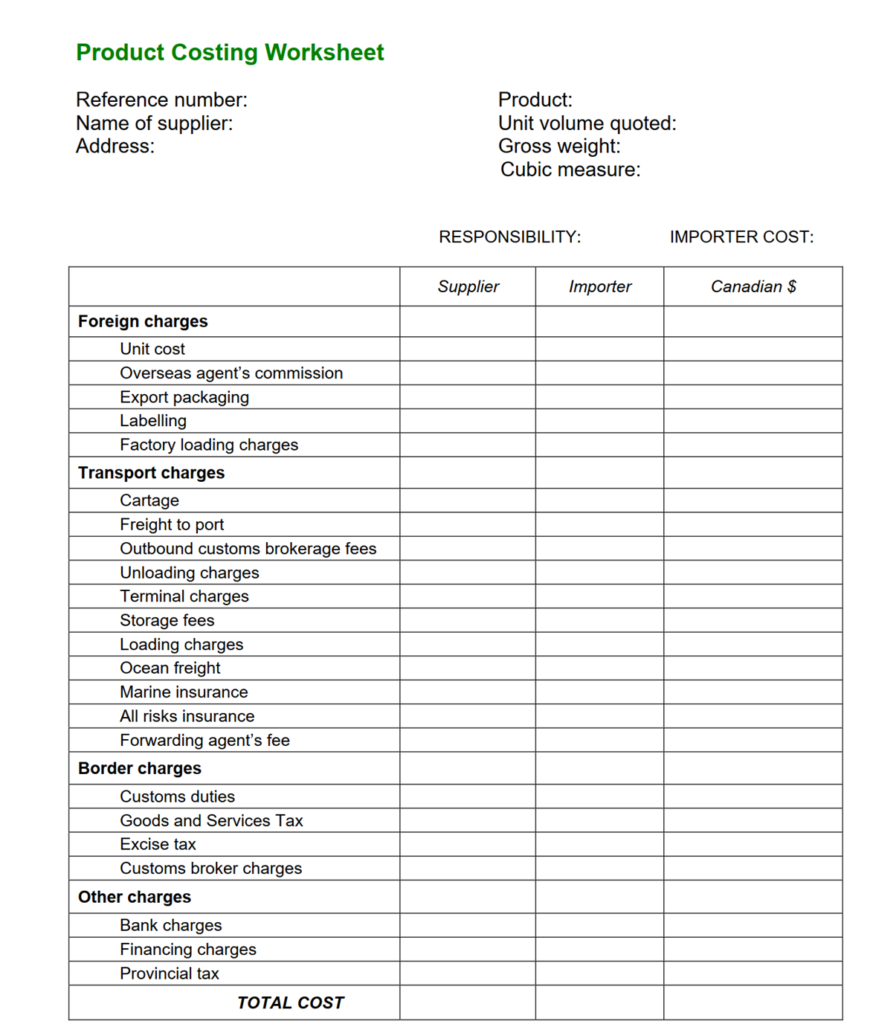
4 Ways to Pay Your Supplier if you plan import into Canada
There are four main methods for paying foreign suppliers for the goods you import from them:
- Open account
The supplier ships goods and passes title to the goods to the importer, and then requires payment within an agreed period (30, 60, 90 days or even longer). - Documentary collection
When the goods are shipped, the supplier sends the shipping documents to the importer’s bank. Next, the importer pays the bank with a sight or term draft, in exchange for the documents. The importer then has title to the goods. - Letter of credit (LC)
Letters of credit provide some security to both supplier and importer, because they rely on the supplier’s bank and the importer’s bank to receive and check shipping documents, and to guarantee payment. The importer’s bank guarantees to pay when presented with a set of specified export documents by the supplier’s bank. The bank guarantee is an added cost. - Advance payment
The supplier ships only when payment has been received – this is also known as “cash in advance”. Payment methods and terms are frequently a matter of negotiation. For example, you might offer the supplier an import letter of credit, in return for an extended payment period, to match your cash flow requirements.
Canadian Customs brokers
Customs brokers are licensed by Canada Border Services Agency (CBSA) to carry out customs-related responsibilities on behalf of the companies who are their clients.
Importers may clear their own goods through Customs, but most importers use a customs broker to pull together all the required information and documents, and to clear the goods through customs.
Using a customs broker can often speed up the clearance process involve to import into Canada, since most brokers have the online systems to submit paperwork ahead of time.
7 Duties of a Custom Broker
- Monitoring the status of shipments
- Obtaining release of imported goods
- Paying any duties that apply
- Obtaining, preparing and presenting or transmitting the necessary document
- or data
- Maintaining records, and
- Responding to any CBSA concerns after payment
- Advising the importer on changes in customs regulations.
The broker will charge a fee for these services, either a fixed charge or based on the value of the goods.
Customs Documentation & Clearance
Customs documents are the set of documents required by a customs authority to accurately and completely identify goods which are being imported. Some of the documents will come from the supplier, others will be provided by the carrier
- Accounting package
- Before importing into Canada, you must submit a final accounting package with your shipment. Contents of the accounting package:
- Two copies of the cargo control document (CCD)
- Two copies of the invoice
- Two copies of a completed Form B3 – Canada Customs Coding Form
- Any import permits, health certificates, or forms that other federal government departments (OGDs) may require
- If necessary, Form A – Certificate of Origin
- Cargo Control Document
- Your carrier uses the Cargo Control document to report your shipment to Canada Border Services agency (CBSA), and will also send you a copy to inform you that your shipment has arrived. The cargo control document may also take the form of a manifest, waybill or other approved document.
- Customs Invoice
- The importer and seller should work together, if possible, to complete the customs invoice, as the information on this document will determine the duties and taxes owing. You can avoid later reassessments by ensuring that the invoice has enough detail to identify the goods, determine the quantity, and establish the tariff classification correctly.
- The invoice can be
- A Canada Customs Invoice (CCI), completed by either you or the seller
- A commercial invoice containing the same information as a CCI; or
- A commercial invoice which indicates the buyer, seller, country of origin, price paid or payable, and a detailed description of the goods, including quantity, plus a CCI that provides the remaining information.
- Form B3 Canada Customs Coding Form
- To account for commercial goods, you have to document the importation on Form B3 Canada Customs Coding Form.
- As a new importer, you may need help completing Form B3 – determining some of the elements, including tariff classification, value for duty, and the origin of your goods, can be complex.
- Form B3 – Canada Customs Coding Form includes:
- Your importer name and import/export account number
- A description of the goods
- The direct shipment dates
- The tariff treatment
- The country of origin of the goods to import into Canada
- The value for duty
- The appropriate duty or tax rates; and
- The calculation of duties owing.
- Certificate of origin
- The country of origin must be clearly indicated on the goods. Canada Border Services Agency (CBSA) uses the certificate of origin to support the tariff treatment you claim on Form B3. Certificates of origin for NAFTA, CIFTA or CCFTA apply if you are claiming lower customs duty rates under those free trade agreements.
Release of Goods
Canada Border Services Agency (CBSA) processes most shipments that are imported into Canada at the border (highway border, rail border, international airport, seaport or customs mail centre).
The carrier reports your shipment to CBSA when it arrives at the international border entry point, or increasingly, prior to arrival.
Your carrier reports the goods either on an approved cargo control document (CCD), or in the case or marine and rail shipments, electronically submits the cargo information using EDI, before arrival at the Canadian border. The goods are “released” when you have paid the duties and taxes owing.
You can choose to have CBSA release the goods at an inland office – a customs office not located at the border. For example, your shipment will arrive at Fort Erie, Ontario, but you want CBSA to release it to you in Toronto.
In this case, your carrier reports the goods at Fort Erie, but must be a bonded carrier (have posted security with Customs) to carry non-duty-paid goods to one of the approved inland offices in Toronto.
Summary: Importing into Canada

Checklist to Import into Canada
Before importing:
- Obtain your Business Number (BN) with Import/Export account
- Know the type of goods you want to import into Canada
- Identify the country of origin, manufacture and export
- Determine whether the goods are controlled, regulated or prohibited by the Canada Border Services Agency (CBSA) or any other government department or agency.
- Determine the 10-digit tariff classification number and the applicable rate of duty for your goods from the Customs Tariff
- Determine the value for duty that you plan to import into Canada
- Determine whether the goods are subject to any other duties or taxes
- Verify whether the GST (goods and services tax) is applicable
- Select the method of shipping and communicate with your transportation company on cross-border requirements.
- Determine if you are using the services of a broker or freight forwarder, and determine any associated costs.
To import:
- Obtain invoices, certificates of origin and other required documents
- Ensure that the goods are marked and labeled as required
- Await notification that your shipment has arrived. Shipments arriving by mail or courier, and valued at less than CAN $1600 may be assessed and cleared by the CBSA or the courier company
- Submit the required CBSA documents and pay duties and taxes, before the goods are released
Please Note:
- The shipment may be examined by government officials before you can import into Canada
- You can adjust your CBSA documents if errors are made during the release process
- The Administrative Monetary Penalty System (AMPS) secures compliance with CBSA legislation
- Keep records of your imports for six years after the year you imported the goods

Incoterms Necessary to Import into Canada
Incoterms, which were developed by the International Chamber of Commerce (ICC), provide a common terminology for international shipments, and minimize misunderstandings.
Incoterms signify to both the seller and the buyer what is, and more importantly what is not, included in the selling price.
They also indicate where the exporter’s responsibility ends and the importer’s responsibility begins with respect to ownership, and insurance of the goods.
Which Incoterm will apply to a particular trade transaction is a matter of negotiation between seller and buyer?
However, inclusion of the appropriate term in sales quotations is crucial to determine the responsibilities of each party in the contract of sale.
Brief definitions of Incoterms:
- EXW
- Ex Works (named place)
- This Incoterm puts the most responsibility on the buyer.
- Title and risk pass to buyer including payment of all
- transportation and insurance cost from the seller’s door.
- FCA
- Free Carrier (named port)
- Similar to FOB, except the seller’s obligations are met when the goods are delivered into the custody of the carrier at the port. The risk of loss/damage is transferred at the buyer at this time, not at the ship’s rail.
- FAS
- Free Alongside Ship (named port of shipment)
- Title and risk pass to buyer including payment of all transportation and insurance cost once delivered
- alongside ship by the seller.
- FOB
- Free On Board (named port of shipment)
- Title and risk pass to buyer including payment of all transportation and insurance cost once delivered on
- board the ship by the seller. Free On Rail (FOR) and Free On Truck (FOT) are used when goods are carried by rail or road.
- CFR
- Cost and Freight (named port of destination)
- Title, risk and insurance cost pass to buyer when delivered on board the ship by seller who pays the
- transportation cost to the destination port.
- CIF
- Cost Insurance and Freight (named port of destination)
- Title and risk pass to buyer when delivered on board the ship by seller who pays transportation and insurance cost to destination port.
- CPT
- Carriage Paid To (named place of destination)
- Title, risk and insurance cost pass to buyer when delivered to carrier by seller who pays transportation
- cost to destination.
- CIP
- Carriage Insurance Paid (named port of destination)
- Title and risk pass to buyer when delivered to carrier by seller who pays transportation and insurance cost to destination.
- DAF
- Delivered At Frontier (named place)
- Title, risk and responsibility for import clearance pass to buyer when delivered to named border point by seller, but before they reach the “customs border” of the importing country named in the sales contract.
- DES
- Delivered Ex Ship (named port of destination)
- Title, risk, responsibility for vessel discharge and import clearance pass to buyer when seller delivers goods on board the ship to destination port.
- DEQ
- Delivered Ex Quay (named port of destination)
- Title and risk pass to buyer when delivered on board the ship at the destination point by the seller who delivers goods on dock at destination point cleared for import.
- DDU
- Delivered Duty Unpaid (named place of destination)
- Title, risk and responsibility of import clearance pass to buyer when seller delivers goods to named destination point. Buyer is obligated for import clearance.





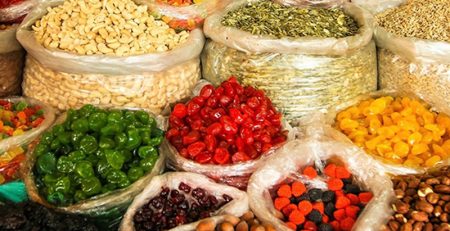

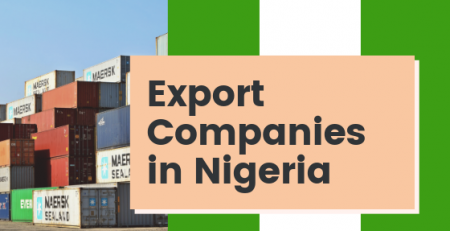
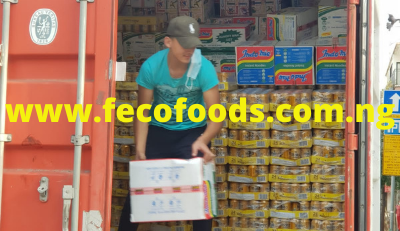
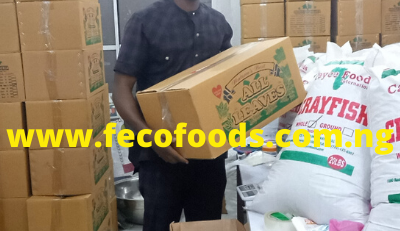


Leave a Reply
You must be logged in to post a comment.